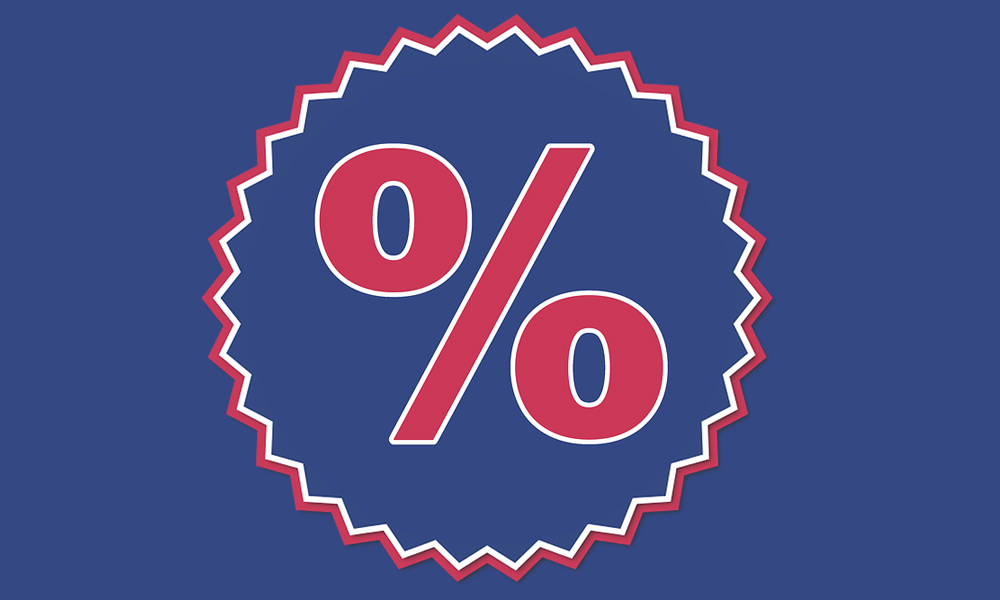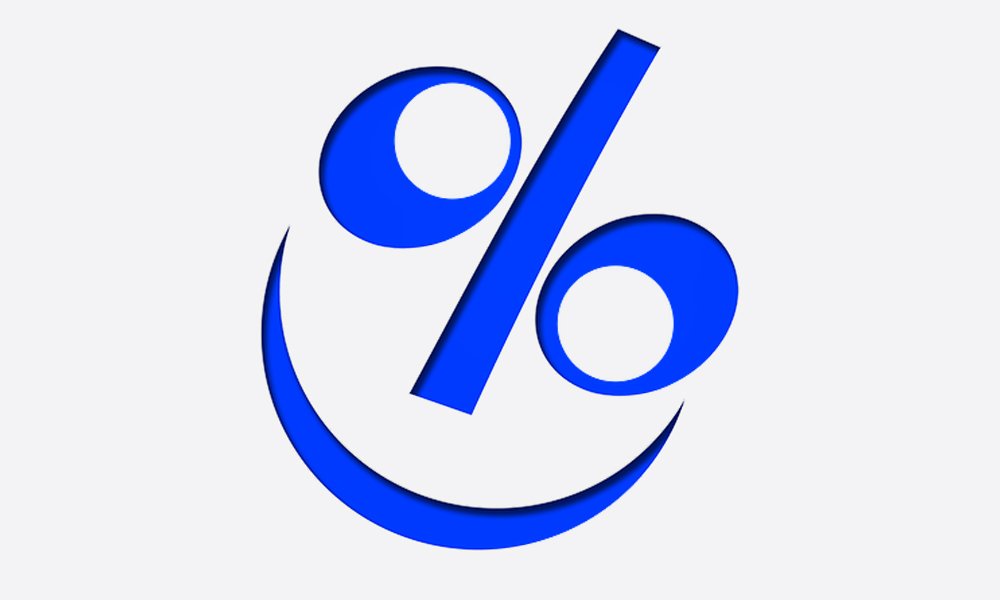Because consumer loans or personal lending, more specifically, are usually unsecured, it poses more of a risk to loan providers. Many lenders use a “risk-based pricing” guideline when assessing interest rates and an approval decision.
Creditworthiness and a sound financial standing, along with status with debt, help a lending agency decide if a borrower will be able to repay the balance. The lender aims to determine that the loan balance can be repaid promptly and consistently. This will decide if you receive the lowest interest rate.
When a borrower presents with a less-than-favorable profile, the rate will be higher and associated fees and charged. There’s also the potential for a loan to be rejected depending on the loan provider and the level of risk.
Lending agencies are able to supply a range of rates because they follow risk-based guidelines. Please visit https://www.forbrukslån.no/låne-penger/ to learn about low-interest personal loans.
If the approval and assignment of interest were the same for everyone who qualified, the criteria would be much stricter, and there would be more rejections. This method gives access to loans to a greater number of clients.

Strategies To Get Loan Money With Low Interest
As a borrower, you prioritize finding a way to pay the least amount over the loan’s life. When presenting an application to the loan provider for an unsecured personal loan, each lender will assess for a stellar credit profile, sound finances and income, and minimal debt.
The method for deciding on loan approval and the interest rate most providers use is a “risk-based” guideline. The lending agency must ensure you can repay the balance promptly and consistently without default.
What strategy can you impart to get loan money with the lowest rates? Consider these suggestions.
- Confirm your credit profile is in good standing
Before formally applying for a loan, the best strategy is to be up-to-date on the status of your credit profile. You should routinely check the history to remove errors or discrepancies, ensure the debt is reasonable, and your score ranges from good to excellent.
When you know your credit profile is worthy of approval and lower rates, you have more of an upper hand when shopping for loan products. Lenders want to work with borrowers who present in good standing. They want the business and will compete with other loan providers to attract you to their company.
That means you’ll receive competitive offers from various lending agencies to review carefully. When examining the proposals, it’s vital to look at the rates, any attached fees, and the loan conditions.
- In that same vein. . .
When you check your credit profile and have a less-than-favorable history and a lower score, it doesn’t automatically mean you’ll be rejected for the loan. Still, it can mean higher interest and associated fees and conditions unless you strategize for lesser rates by approaching the product a little differently.
It’s possible to receive low rates still, but changing the loan from an unsecured personal loan to one where you put up collateral or a secured lending product could be necessary. Some lenders will allow borrowers to secure their loans with savings, equity in a home, or an auto.
These loans present a lower risk to the provider since they have a valuable asset to recover funds if the loan defaults. The lender can then offer a lower interest rate and more favorable terms and conditions in exchange for the collateral.
In supplying security, however, it’s essential to ensure you can repay the balance in full to avoid the loss of your asset. Seizing your personal property will put you in worse financial circumstances than before you borrowed the funds.
- Consider the financial institution you choose
When planning your loan strategy, consider the financial institution with whom you borrow the funds. Credit unions are one of the most relaxed with their guidelines primarily because these entities are nonprofits owned by the institution members.
With this benefit, the financial entity benefits the members by returning profits using lower interest rates and more favorable terms and conditions for the members. They also ensure savings and check plus deposit rates are higher.
The only requirement is that an individual needs to join the credit union before being eligible to apply for a loan or open an account.
To qualify to become a member, you must either work or live within a location within the facilities service region, be related to an existing client, or belong to an organization that takes part. You will find some credit unions open to anyone who wants to become a member.
- Register for autopay to see an APR discount
One way to get a slightly lower rate is to sign on for automatic repayments. If you qualify for approval but aren’t eligible for the lowest rates, you can decrease the rate provided by registering for autopay.
Many providers urge clients to do this as a measure to show that the monthly installments will be repaid on time and without delay.
While the discount is typically slight at roughly 0.25 percent, this can add up to a considerable amount when accumulated over time. Click here for details on interest rates and what these mean. The priority is to keep funds in your checking account to cover the monthly installment.
When a provider tries to withdraw the repayment, and there’s no overdraft protection available, the lender will usually attach a repayment fee to the account. It could affect your credit profile and possibly your score.
There is also the potential for the provider to take you out of the autopay system if it happens too often.
Alternatives To A Personal Loan
When you’re unable to get a reasonable rate or favorable terms and conditions with a loan but don’t have time to improve your credit or financial profile, it’s possible to look into alternative options.
A personal loan could be less suitable in your situation, but another choice can potentially save money. Let’s look at the options.
- A balance transfer credit card

While these can often require a good credit score, the option of a balance transfer card offers a 0 percent APR promotional rate with the issuance of a new card. The introductory period usually runs between 12 and 24 months, allowing significant time to repay debt.
That will depend on the credit limit assigned to the card and the balance transferred. If the balance is paid within that promotional time frame, no interest will be attached, saving a considerable amount of money. If you cannot meet the deadline, the standard APR will accrue on the balance left.
One factor to consider with this alternative is the potential for balance transfer fees which can range up to 5 percent of the balances transferred to the card.
- Take some time and save for the purchase
Considering a personal loan to fund a holiday, large purchase, or another “want” is a choice, but the recommendation when creating debt is that the purpose be a “need.” If it’s not a necessity, the suggestion is to take steps to save the funds.
That can mean speaking with your employer to get extra hours or possibly moving up within the company, searching for a side hustle, or cutting back on expenditure to save toward the cost instead of creating debt for something that isn’t an urgent need.
When paying with savings instead of a loan, you’ll save interest charges and won’t add to your monthly expenditures. If you invest in high-yield savings, the return rate is higher than that of a standard account.
Final Thought
When taking a loan, a borrower aims to get the lowest possible interest rate. The financial institution’s objective is to lend to a borrower capable of repaying the balance in full without fear of default.
In deciding whether a borrower has that potential most loan providers assess risk potential using a specific methodology. The criteria involve reviewing creditworthiness, financial and income status, and debt. The loan will be approved with the best rates when these are good to excellent.
If less-than-stellar, the borrower will receive higher rates and not as favorable terms and conditions, or the loan could be rejected based on the assessment.
By strategizing your approach using some of the techniques suggested here before searching for a loan, you can have a degree of control over the outcome of your application review and, ultimately, the interest rate you receive.
Also Read: Why Your Home Loan EMI Is Still High And What You Can Do?














